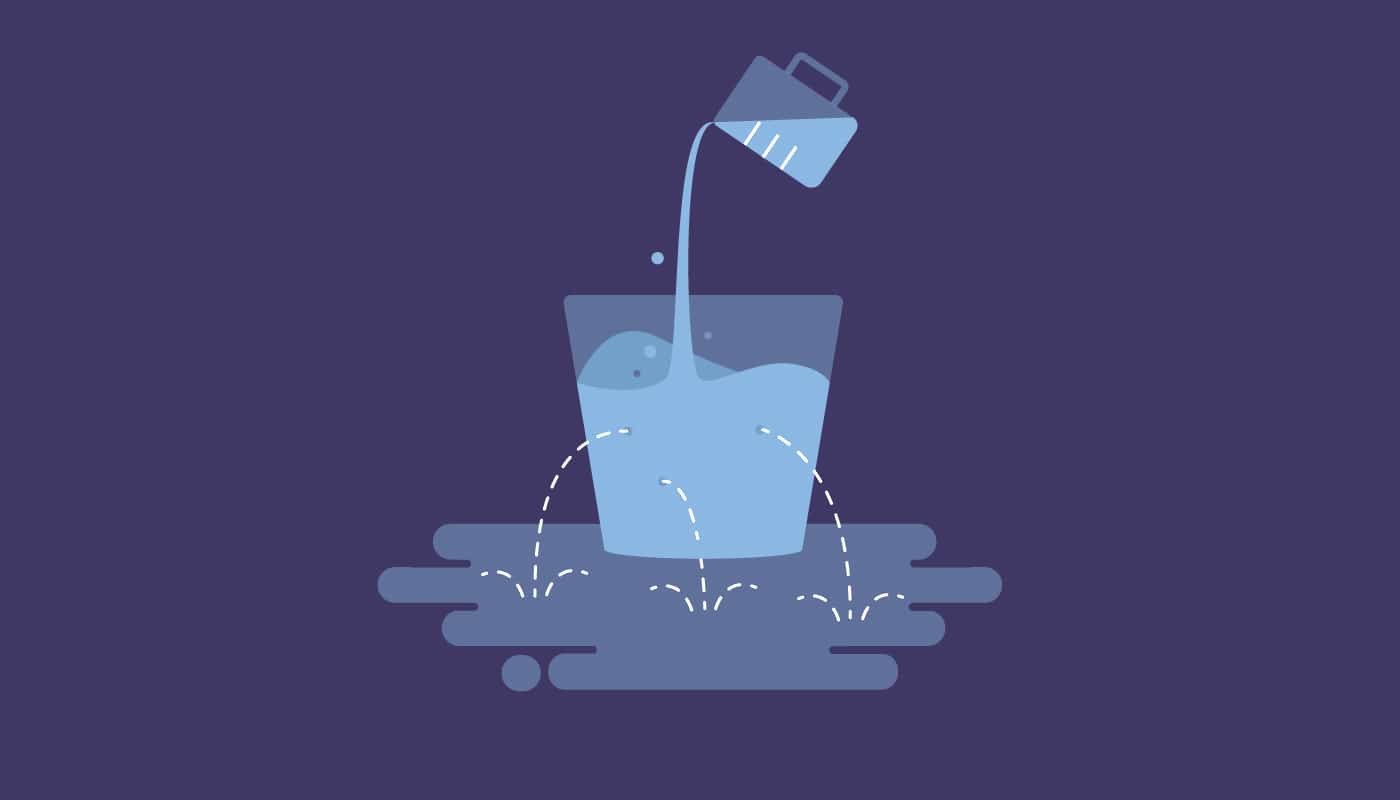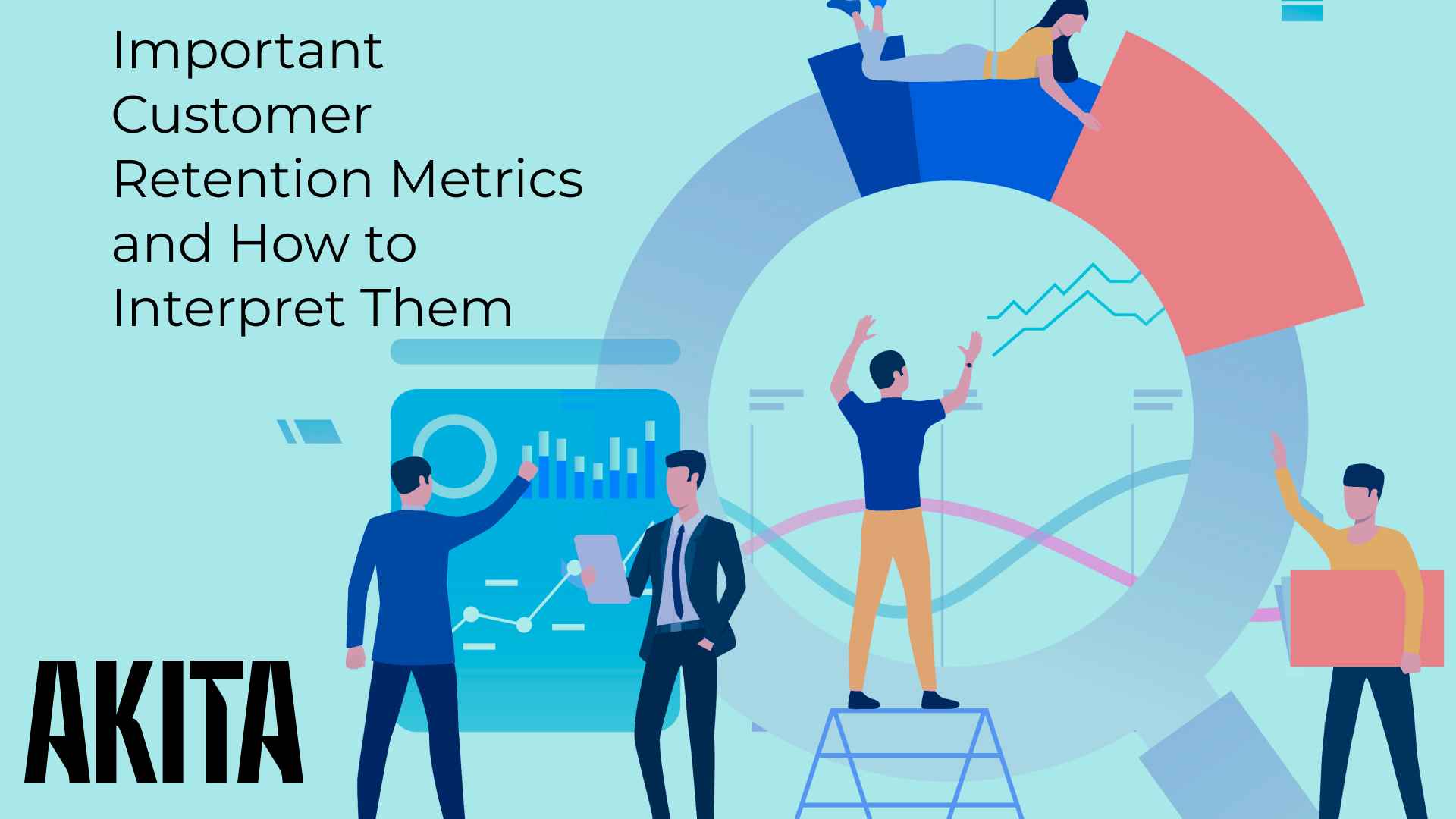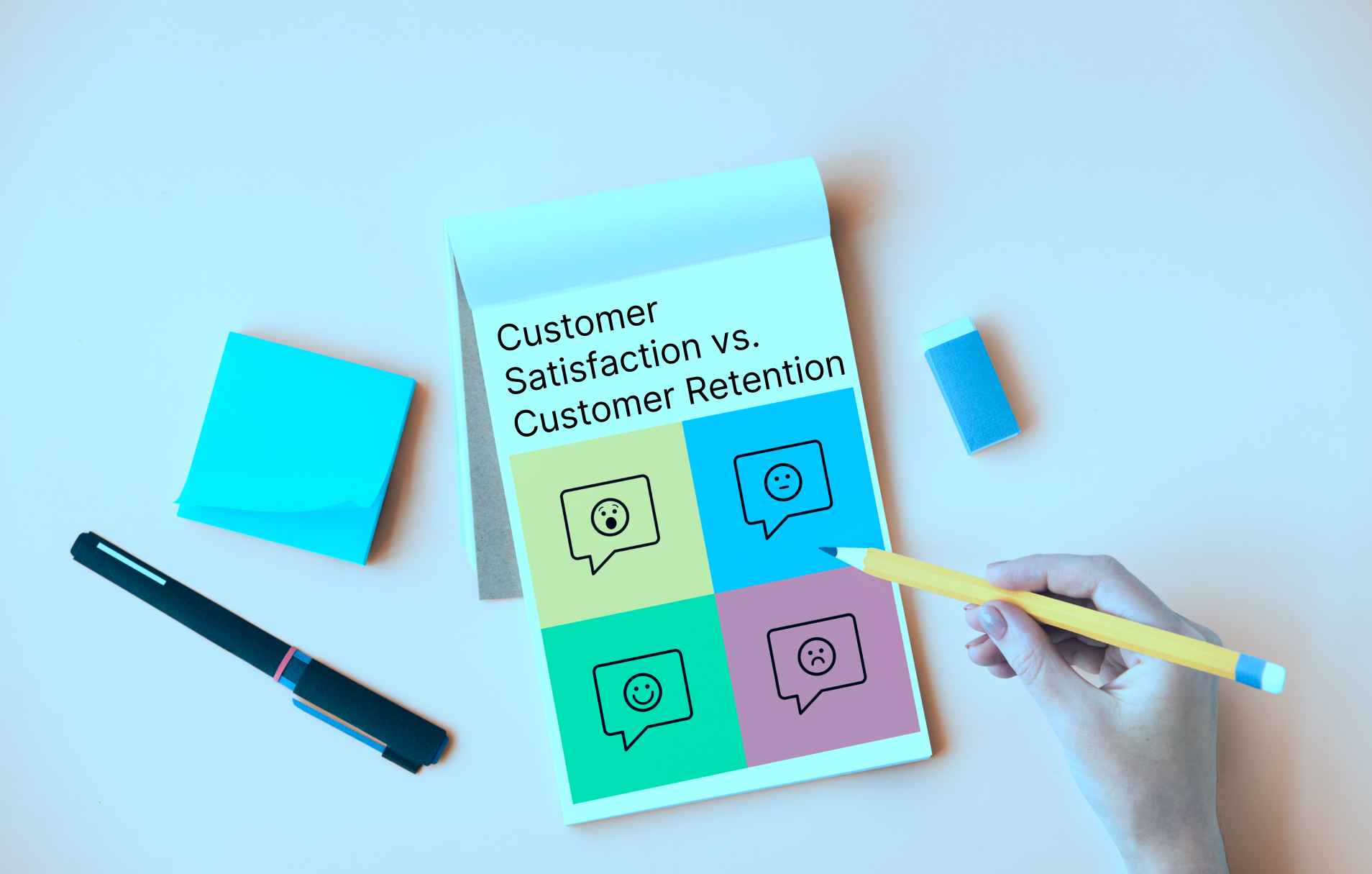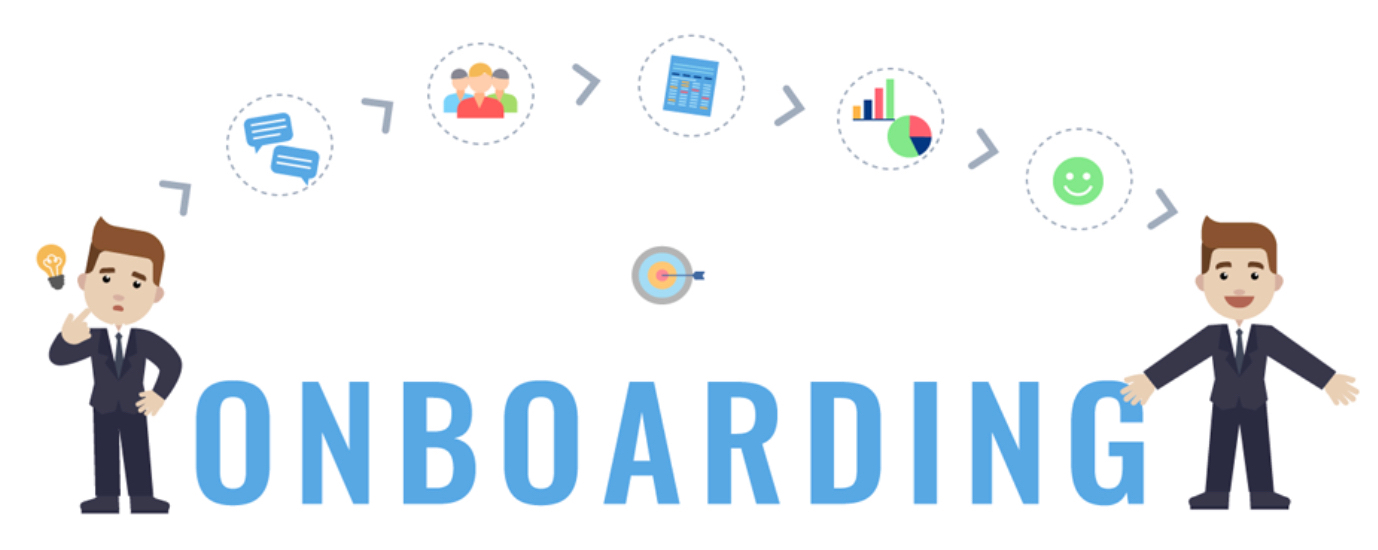How to Reduce Customer Churn

Introduction
Customer churn is both a phenomenon and a critical metric. It describes the process of customers deciding to stop using or paying for your product or service.
Churn’s impact is felt most keenly in subscription or SaaS companies where there is an imperative to retain customer relationships for as long as possible. How successful you are at churn prevention defines how successful you will be as a SaaS business in the long term.
The following guide explains what customer churn is, its impacts on SaaS business and how you can try to mitigate it to build a more sustainable customer base.
What is Customer Churn?
Put simply, a customer churns when they stop using your product or service (or reduce their level of consumption). It is a key phenomenon to measure, particularly in the Software-as-a-Service (SaaS) industry where retaining customers through time is critical to survival. Churn is measured over a specific period, usually monthly, quarterly or annually.
There are 2 main types of churn, Logo Churn refers to a customer stopping doing business with your company entirely and Revenue Churn, where a customer reduces their spend but continues doing business with you.
There is also Negative Churn, a confusing double negative which refers to revenue growth 😕.
Customer churn has a negative compounding effect on a company’s future revenues and can massively diminish growth and profitability as well as negatively impact on your brand. There is an opportunity cost to churned customers, with their future streams of revenue removed from your balance sheet. In times of economic hardship, when attracting new business is hard, the ability to prevent churn can be the difference between a business’s survival and failure.
Why Does Churn Matter?
Churn (and churn prevention) matters for many reasons but let’s consider some of the more existentially important reasons:
- The most commonly referred to reason bears repeating … it costs significantly more to acquire a new customer than retain an existing one. Think of all the sales and marketing resources required to get a new customer over the line. As long as your product matches your customers requirements, keeping them satisfied tends to be a lower impact, less resource intensive endeavor.
- Reaching profitability with a customer takes time. The rule of thumb in SaaS is that the total revenue you earn from a customer over their lifetime should be at least 3 times greater than the cost of acquiring that customer (in order for you to make an acceptable profit). If it takes you a year to cover the Customer Acquisition Cost (CAC) then you need to retain that customer for at least 3 years! If a customer churns within 3 years you’re probably making a loss.
- The longer you can retain a customer, the more likely they are to buy more from you and the more likely they are to drive referral business through online reviews, word-of-mouth marketing and general brand advocacy. Avoiding churn is therefore a great way to grow revenues!
- Finally, churn issues can indicate serious issues within the business that need to be resolved. Whether it be issues around product, service or changes in the market, identifying churn drivers will be key to the success of your business going forward. You’re going to need to ask, “what is churn prevention in the context of our specific business”.
Causes of Customer Churn
Mitigating churn starts with identifying its causes. Below are some of the more common factors:
- Negative Customer Service Experience: Customers (people) remember negative experiences more than positive ones. When support doesn’t meet their expectations, when their problems are not solved, or if it takes too long for them to be resolved, customers will start to look to the competition.
- A Suboptimal Product Experience: If your product is not meeting your customers requirements or delivering the value they were promised during the sales process, you are storing up a significant customer attrition problem.
- Market Changes: In SaaS, competitors can seem to appear overnight. Customers are always at risk of moving to new solutions with better features, a better value proposition, better commercial options, or just better marketing!
- Low Usage: If customers are not actively embedded in your product and not engaged with your brand, your perceived value will start to wane. This will make your customers’ decision to churn much easier.
- Price: If your pricing strategy puts you in a position where you are perceived to be expensive in the context of the market, you may be at risk of customers switching to competitors that are, or are perceived to be, more affordable.
How to Identify Customer Churn
Identifying churn requires vigilant monitoring of changes in customer engagement and key metrics, as well as actively seeking out feedback. Here are some strategies for identifying churn:
- Analyze Customer Data: You will need to understand customer engagement, activity and buying behaviors. There are Customer Success Platforms like Akita as well as specific product analytics and Business Intelligence tools that can help you review customer data, both at a given point in time and through time. This is invaluable when it comes to driving up retention.
- Voice-of-Customer (VOC): If you want to know how the customer feels, just ask! Frequent surveying of customer sentiment will allow you to identify current churn risk and forecast future risk based on trending feedback data. VOC data comes in many forms but Net Promoter Score, CSAT and Customer Effort Scores are standard and common with the SaaS industry.
- Social Media Monitoring & Review Data: You may find more honest feedback in online platforms not related to your brand. Tracking references to your brand or product, whether in conversations or posts on platforms like LinkedIn or reviews or threads on 3rd party sites like G2.com will not only provide invaluable insights into issues with product or service but identify specific users or customers that may need particular attention.
Ways to Reduce Customer Churn
To successfully reduce churn you will need to implement a multilayered strategy, ultimately, with an underlying commitment to driving improved customer relationships across the business.
- Improve Customer Service: Focus on improving your support team’s response and resolution times. Make sure your agents are sufficiently prepared to meet their own targets but also that they understand the company’s wider goals around churn reduction.
- Enhance Product Value: This is the elephant in the room. If the product doesn’t deliver value or just plain doesn’t work, expect churn. Ensure that everyone at the company is primed to deliver feedback to the product team via designated channels. Also ensure customers are up to date and informed about existing and upcoming features that could elevate their experience of your product.
- Personalize your customers’ experience: You most likely have a significant volume of customer data retained within your business applications and your application itself. You can leverage that data (using a CSP) to ensure you communicate with customers in a personalized fashion and that your customers have a personalized experience of your software.
- Communicate! Don’t ignore your customers and don’t presume they are aware of everything your solution can do for them. Frequent communication will keep your customers engaged and ensure they are aware of your development efforts and upcoming feature launches. Sharing marketing and knowledge-base content will also draw their attention to existing value they may not be experiencing within the product.
- Loyalty programs: Offer your customers additional benefits to being your customer and ancillary incentives to continue investing in your product. This can include extended feature access, early access to beta products or invitations to industry events.
- Customer Communities: Communities are a great way to increase customer engagement. Communities are spaces to share knowledge and content, host support forums and foster a sense of community and belonging amongst your users. Customers can share their experiences of using your software and act as promoters of your brand, improving retention in the process.
- Be proactive: Of course, if you are in a position to identify specific customers at risk of churn, using tools like Akita, reach out to them using specific pre-designed playbooks that avail of all of the resources at your disposal to mitigate the churn risk.
Churn Prevention Solutions
Reducing your churn rate requires a deep understanding of your customers. This can’t be achieved without lots of data and the means to analyze it. It ultimately involves using the right tool for the job, in this case, a Customer Success Platform.
CSPs like Akita will help you centralize and process all of your customer data from multiple sources. This in turn enables you to query that data as one, real/time, data set. Thus giving you the power to identify minute or significant changes in customer behavior and profile.
Not only that, Akita can then trigger a response to solve any churn risk using its playbooks feature. Here, tasks can be auto-assigned to your team to deal with the risk AND/OR templated messages can be automatically sent to the customer. This provides a low friction way of helping improve the chances of your customer achieving the outcomes they sought when initially investing in your product.
Churn-Risk Segment in Akita
Conclusion
To conclude, customer churn is an existential risk to any SaaS business. Mitigating it and turning churning customers into growing ones can significantly impact your future revenues and future success. The most important thing you will need to do as a company is discuss and understand what the churn prevention meaning is within your organization. Only then can you start to figure out what churn looks like, how to identify it and what data, tools and processes need to be leveraged to make that happen.
Frequently Asked Questions
Is there anything you can do after a customer has churned?
Building a win-back strategy starts with understanding the reasons why the customer churned. Contact them and identify any improvements that have been made in the interim that could address their concerns or show how the product could be used to meet their use case. Offer a discount or other incentive to rejoin, even going as far as offering free access for a period if that helps them reevaluate the solution. Think about inviting them to online or live events, webinars or tutorials. Importantly, if you do succeed in convincing them to return, don’t make the same mistakes, monitor their engagement and health and reach out promptly to address any issues.
How does a CSP identify potential churn?
Customer Success Platforms like Akita are capable of ingesting and monitoring a huge set of customer data, from a range of disparate sources. You can then apply conditions (using filters) to that data, identifying whether certain behaviors, profile attributes or combinations of these change. To apply the correct filters to identify potential churn, you will need to understand the conditions that tend to predict it. You may understand this intuitively or based on some (painful) experience. However, you may have to perform some type of regression analysis on the data to identify the origins of churn for your specific business.
What is an acceptable level of churn?
There is no universal answer to this question. It is very dependent on variables like:
– The segment you operate in
– Whether you are targeting mature or startup companies
– Are you selling B2B or B2C software?
– Do you monetise on a pay-as-you-go, monthly or annual basis?
However, across the SaaS industry as a whole, the monthly churn rate sits somewhere between 5-7%, with early stage companies experiencing higher levels, sometimes over 10%.





